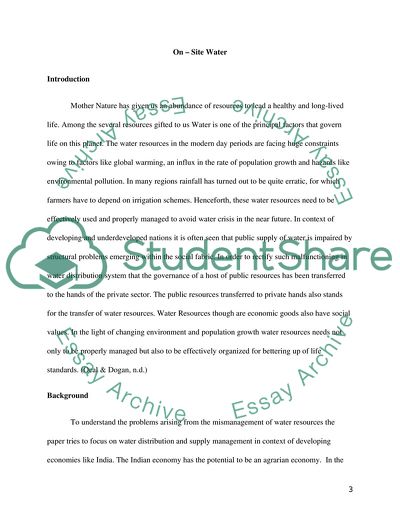Cite this document
(Public Health and Storage of Natural Water Research Paper, n.d.)
Public Health and Storage of Natural Water Research Paper. Retrieved from https://studentshare.org/agriculture/1569571-on-site-water
Public Health and Storage of Natural Water Research Paper. Retrieved from https://studentshare.org/agriculture/1569571-on-site-water
(Public Health and Storage of Natural Water Research Paper)
Public Health and Storage of Natural Water Research Paper. https://studentshare.org/agriculture/1569571-on-site-water.
Public Health and Storage of Natural Water Research Paper. https://studentshare.org/agriculture/1569571-on-site-water.
“Public Health and Storage of Natural Water Research Paper”, n.d. https://studentshare.org/agriculture/1569571-on-site-water.


